News
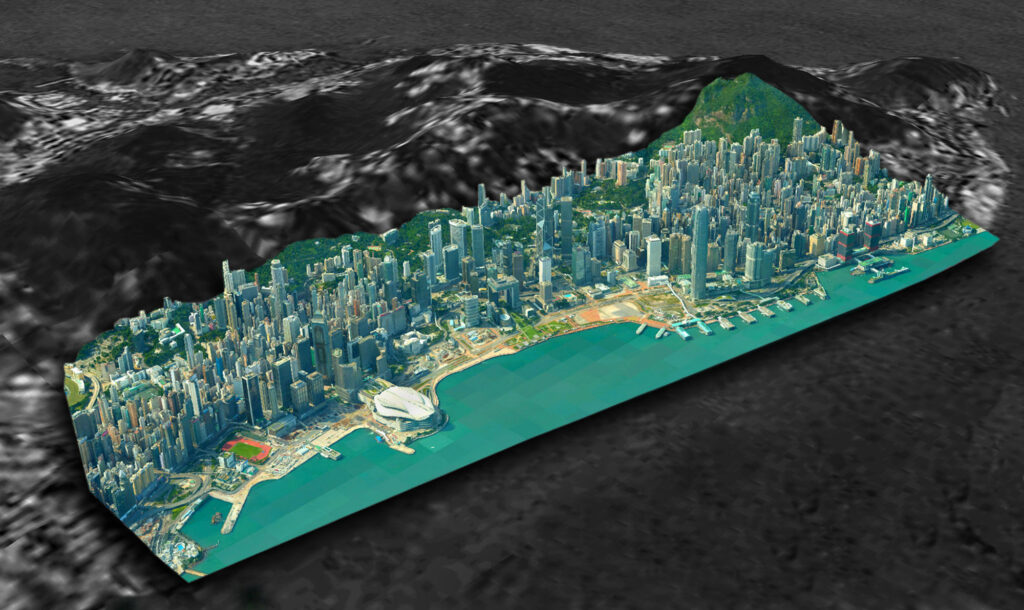
Listen In: Digital Twins promote beneficial outcomes for planning and response
Ron Chapple, is the VP of Global Strategic Solutions Digital Twins, discusses NV5’s work with digital twins on the Airplane Geeks Podcast. The digital
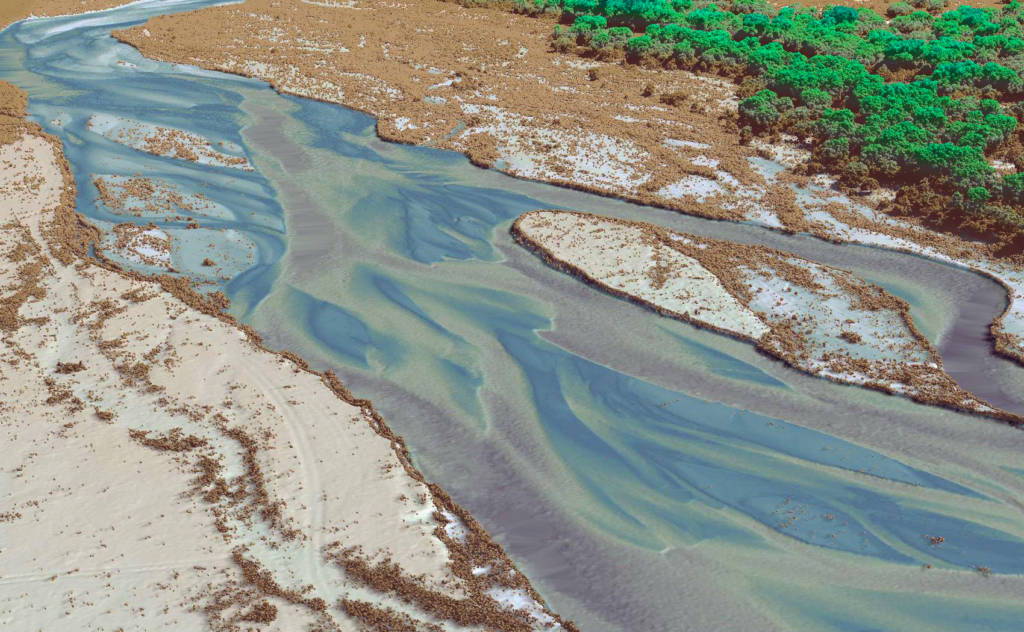
Using topobathymetric lidar for adaptive management
As seen in the latest issue of Hydro International Preservation of endangered species habitats along the Platte River Topobathymetric Lidar technology has become an indispensable
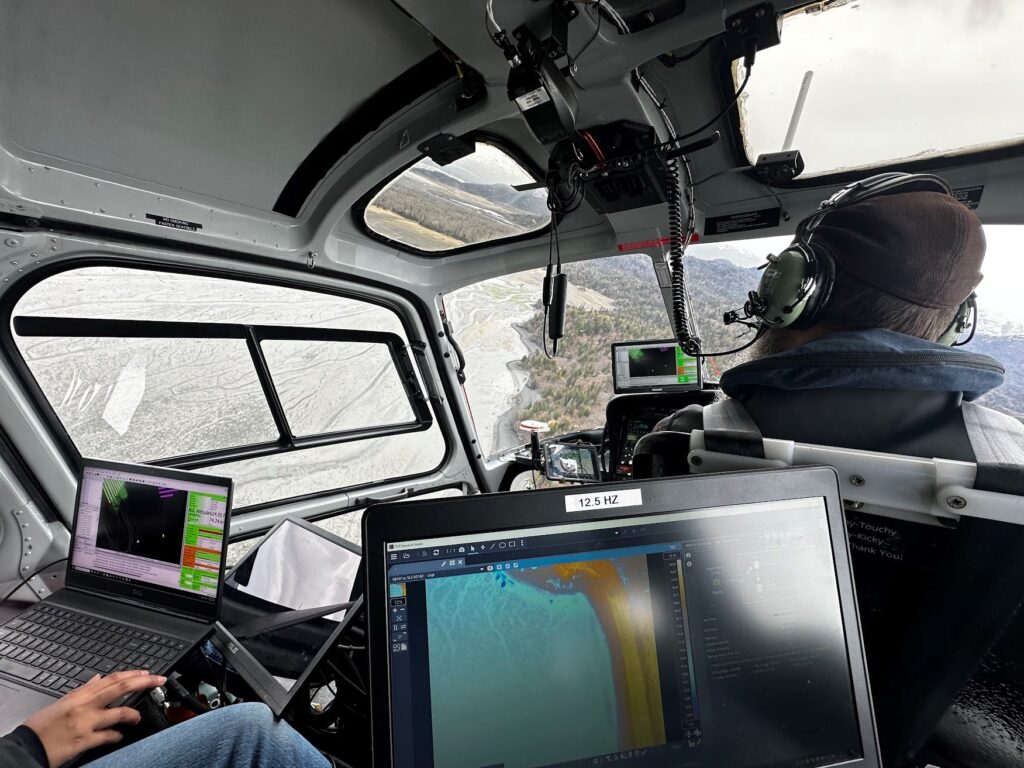
NV5 Completes Alaska Project with Innovative Multisensor Platform
Collecting geospatial data in Alaska is not for the faint of heart. The rugged terrain makes it dangerous and expensive to send people out in
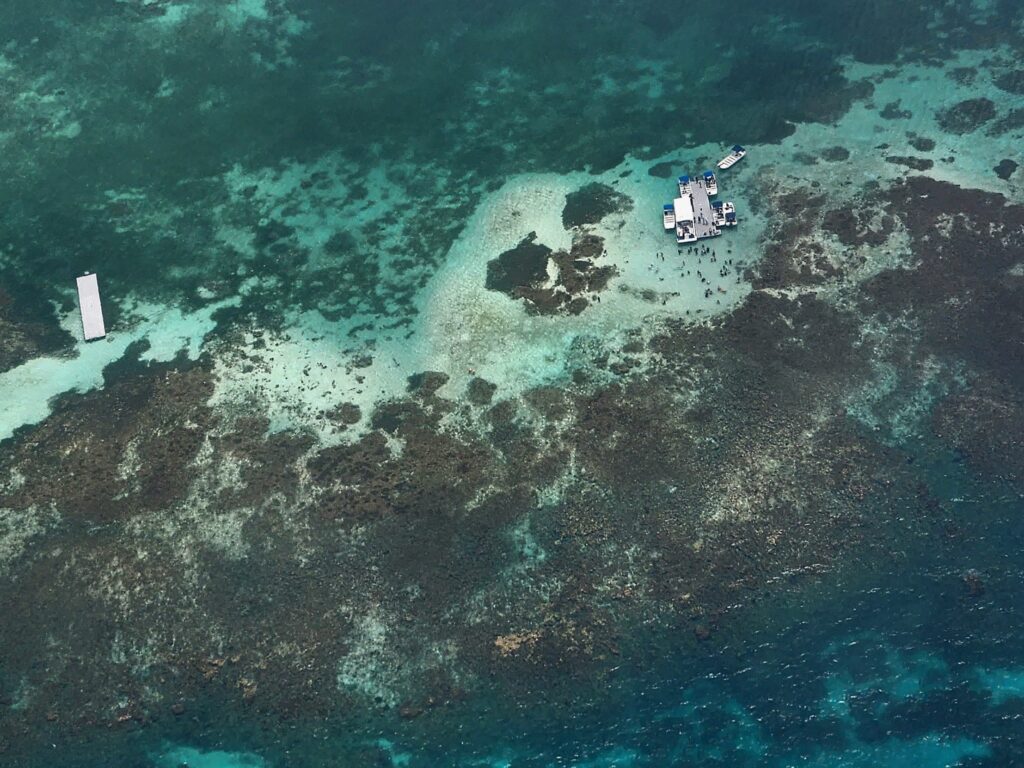
The Role of Remote Sensing in Monitoring Climate Change Impacts
In a previous post, we introduced the Caribbean Community Climate Change Centre’s (CCCCC) initiative with NV5 to combat climate change through aerial lidar and orthoimagery
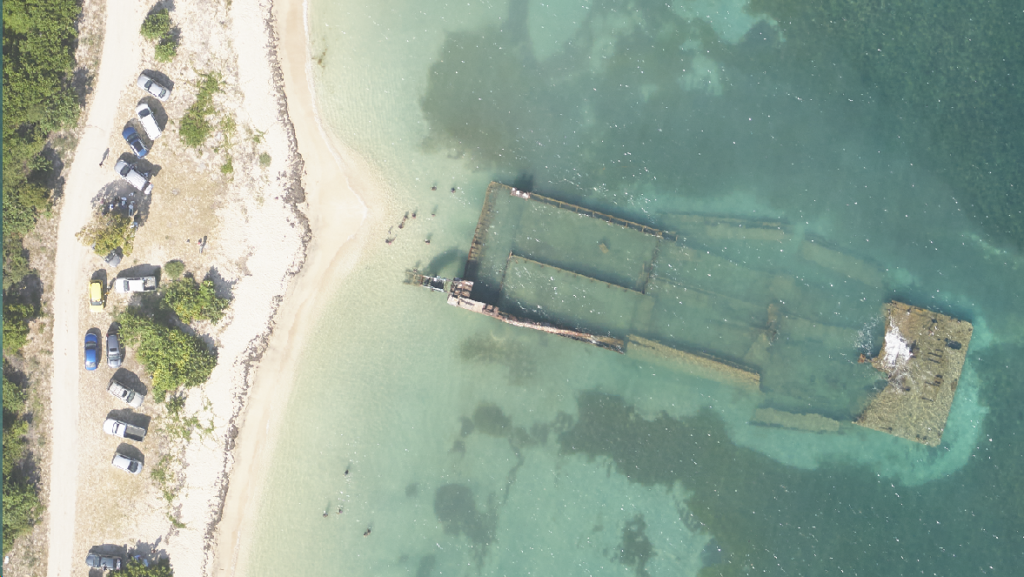
Battling Climate Change in the Caribbean
The Caribbean is a region known for its vibrant culture and breathtaking landscapes. However, it is also particularly vulnerable to the impacts of climate change.

NV5 Completes Largest Contiguous Oblique Imagery Collection in US
Kentucky Project Spanning 40,660 Square Miles Democratizes Access to Detailed Information to Improve Public Safety and Bolster Revenue Generation Across the CommonwealthHOLLYWOOD, Fla., April 11,

Esri Developer Summit 2024 Insights & Key Takeaways
We’re recapping the 2024 Esri Developer Summit with insights from the event earlier this month on product updates, new technology, emerging trends, and other big

How the City of Mercer Island, Washington Implemented ArcGIS Utility Network Leveraging a Workshare Approach
Located in the Seattle metropolitan area on an island in the southern portion of Lake Washington, Mercer Island has a population of over 25,000 residents.

NV5 Geospatial’s Thermal Infrared Solutions Gain Traction for US Infrastructure Challenges
NV5 Geospatial’s Thermal Infrared Solutions Gain Traction for U.S. Infrastructure Challenges Pilot projects with two midwestern state’s Departments of Transportation analyze the structural integrity of
